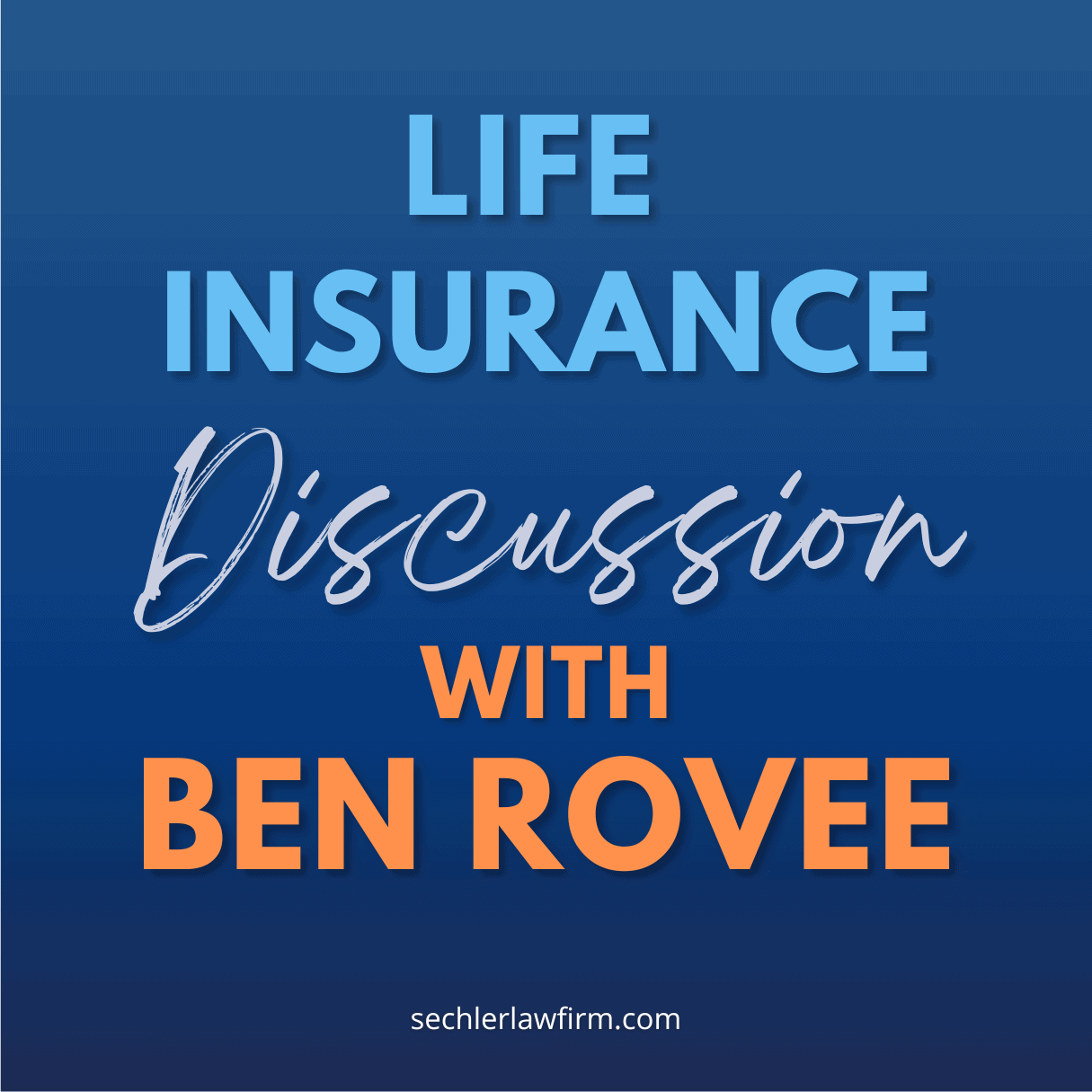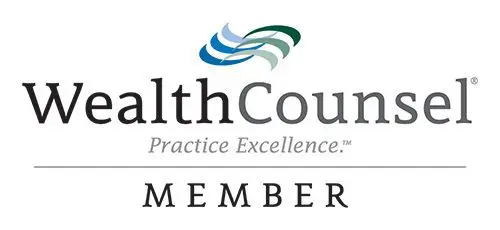On one of my recent radio shows, I was joined by Ben Rovee of Strategic Financial Designs. Life insurance is not the only thing that Ben does, but Ben shared some things that you probably need to know. Ben has been in the financial services industry since 1995, and he is the primary principal of Strategic Financial Designs.
Why Do I Need Life Insurance?
Most people believe that when they talk to a financial advisor, they will be sold a product. However, Ben tells his clients that there are no magical financial products out there, and their approach to planning is really more strategic in nature. It’s like playing the game of chess where you have all the pieces but no chessboard, which makes it difficult to play chess. Ben shared that they have an economic model they use, which is like their financial game board. It allows their clients to organize all their pieces, and then it comes down to strategy. Ben and his team use different strategies to help their clients build and keep their wealth. Thereafter they determine which financial products, if any, should be used to support those strategies.
There is a significant percentage of the population who haven’t even thought about what their financial goals are. They may have a goal in terms of what they would like to own, but they haven’t thought much about what they want for their retirement, or how much money they will need. Everyone has a different definition of financial success. One person may be happy to retire with a basic income, while another person might want to have a beach house. Depending on their phase of life, people also consider leaving money to their children, instead of the government.
What Life Insurance is Best?
Ben looks at what people’s goals are to be financially successful. He wants to make sure his clients are able to do the things they aspire to, when they want to do them, and without the fear of running out of money. Ben also helps clients to avoid paying additional tax during their life time.
Tim’s experience doing estate planning is that most people don’t have a Will, and they don’t take estate planning seriously. Almost 70% of the population in the United States are underinsured, or have no life insurance at all. Young families in particular, are under insured. One of the reasons for this, is that people simply don’t understand the need for life insurance. There are two main issues regarding life insurance, which are:
1. How much life insurance should you have?
2. What type of insurance should you have?
You Cannot be Over-Insured
The one thing to understand is you can never be over insured, because the insurance companies will not let that happen. For example, if you want to insure your $300,000 home for $4million, it won’t happen because that is not the replacement value. The same thing applies to life insurance, because the most life insurance a person can have, is based on a multiple of their income and their age. For example, a 40 year old who makes $100,000 a year could qualify for 20 times the annual income for their age. Essentially, this life insurance money would replace the lost income if a parent of young children were to die. If you take $2 million and put it in 5% interest account, it generates $100,000 so you are replacing the income.
If you have a surviving spouse and you’ve been working hard and participating in retirement plans, you might want more than $2 million. This is because there is no longer the 401K contribution or the company contribution. You wouldn’t want your wife and children’s standard of living to change because you have passed away. Instead, you would want for your family to continue living comfortably. Based on you still being able to work for a few years, and assuming you don’t die at 40, this will go a long way in ensuring your family is taken care of.
When it comes to deciding which type of life insurance to get, the amount of coverage is important to provide for the ‘what if’ situation. The resources available could determine the type, and there are a few different types of life insurance.
Term Life Insurance
This is the most common type that people are familiar with. You would put your money into the insurance policy, and you get a death benefit. If you pass away, a cash benefit is paid to your family and is usually tax-free. The monthly premium amount is affordable but each year the premium increases in price and is tied to your age. You can either have a yearly renewable increase, or opt for a 20 year term where the premium stays the same. However, the premium increases a lot in price when the insurance is renewed.
Getting $1 million of coverage at the age of 40, costs $800 a year. At age 60 when you retire, the same amount of coverage will cost about $8,000 a year. While term life insurance is initially affordable, it can become prohibitively expensive to keep at retirement. In addition, term policies have no cash value, and there is no payout after the term expires.
Universal Life Insurance
Universal Life is one of the two main types of permanent life insurance. Like whole life insurance, a universal life policy can provide lifetime protection, while building cash value. This policy type gives you the flexibility to raise or lower your payments within certain limits as your circumstances or earnings change. However, you may end up having to pay higher premiums to keep your coverage, if you make minimal premium payments for too long. As with all permanent life insurance policies, Universal life has a built-in cash value that grows over time and earns interest. The death benefit is also paid income-tax-free to beneficiaries.
Whole Life Insurance
The last type of insurance is called Whole Life Insurance. Ben is an advocate for this type of life insurance because it comes with a guarantee. Whole life contracts vary a little from company to company. The idea is that you purchase whole life insurance from a mutual life insurance company, and you become a policy-holder. This policy offers a guaranteed death benefit paid to your beneficiaries when you pass away, and a cash value that can be withdrawn during your lifetime. The cash value has a contractually guaranteed minimum rate of return of 3%. This means you will earn three percent interest on the money in the policy, which is money you can use during your lifetime and is totally income tax free.
A mutual life insurance company will pay dividends back to policyholders every year. The dividends are determined by three components, including investments, claims and expenses. Investments relate to how the company manages its assets, while Claims relate to the amount of death benefit it pays out. Expenses relate to how prudently the company manages its operations.
People buy life insurance for different reasons. It’s not necessarily only about income replacement but also tax strategy and maximization.
Using life insurance to plan for long term care
If you are in your retirement years with assets, and you have life insurance, you will likely have some type of death benefit in conjunction with your assets. Most policies even have a long term care benefit included. This means that if you need assistance with two of the six activities of daily living, you can actually access your death benefit. This benefit is not only payable on death. It could be used for skilled care, facility care or at-home care.
Most people want to stay in their home as long as possible. However staying at home if you’ve got a disability or long term care needs, is expensive. This is because caregivers need to come into the house to take care of the elderly. A life insurance long term care policy seems to be one of the best ways to finance this, while protecting other assets. Tim has spoken a lot about protecting assets and becoming eligible for the government to pay for your care, instead of paying privately. This is often as a result a nursing home admission, but if you are able to stay at home, this long term care policy is beneficial to help you pay for care.
Reviewing Your Life Insurance Policies
We urge you to review your life insurance policies, to make sure they’re appropriate and that you’re getting the best value for your investment. Feel free to email Ben and his team at team@SFD21.com or visit the website: www.strategicfinancialdesigns.com.
There’s no charge for meeting with Ben or his team, so contact them today. They can establish whether they can help you and take you down the path to financial success.
While on the subject of Financial planning, Tim Sechler is hosting a Financial Professionals Bootcamp on April 28th. This Bootcamp is for Insurance Agents and Certified Financial Planners. If you think your financial advisor would like to attend, please encourage them to register for this Bootcamp, on our website. We value working with our clients’ Financial Planners to be able to achieve the best outcome for our clients.
For any estate planning concerns please contact us at Sechler Law Firm by calling 724 546 4227 or visit our website.









